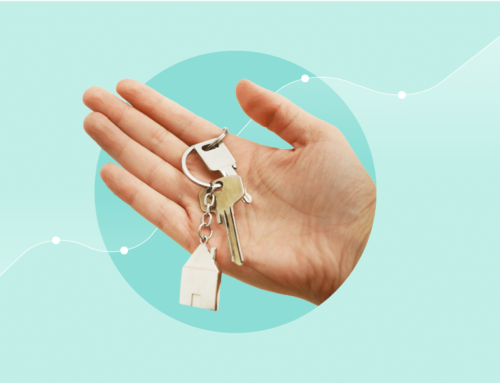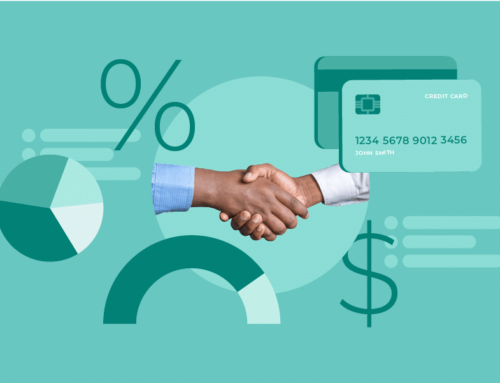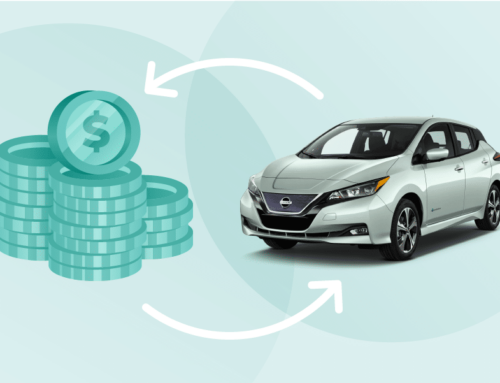Credit card debt is on the rise in Canada and has soared to $93 billion at the end of March 2023. This is around 14% higher than this time last year. While the rising cost of living and inflation played a part in this, your debt doesn’t need to rise if you know how to manage your finances better.
When it comes to managing your credit card debt, the credit utilization rate is incredibly important. This rate tells creditors how much of your available credit is being used. This is an important metric that can have an impact on your credit history and credit score.
Understanding Credit
Credit is an important element of managing your finances. When credit is leveraged properly, you can master your finances and grow wealth in the blink of an eye. However, misusing credit can leave you with tons of penalties and a bad credit record for the future.
This is why it’s so important to understand credit and how credit works. In simple terms, a line of credit is when a bank or financial institute lends you money that you agree to pay back later. The line of credit is not a lump sum but rather a pool that you can dip into.
The size of the pool is dependent on your personal credit history and credit score. This is known as your credit limit. Whenever you need money, you can take it from the pool of credit. Lines of credit will only charge you interest on the credit that you have taken, not on the entire credit limit.
Most lines of credit will come with an interest-free period. This means that the bank or financial institute won’t charge you interest if you pay back the money you owe in a specific period of time. This is generally 30, 45, or 60 days depending on what account you have.
If you haven’t paid back the money you owe after that time, interest will be calculated on the money outstanding.
Benefits of Using Credit
Credit is a useful tool that can help you build trust with banks and other financial institutions. Even if you don’t need a loan for groceries, you may need one later on for a house or car. This is why using short-term credit solutions like credit cards helps.
Using credit cards shows banks that you know how to handle credit. This creates a credit history that can help improve your credit score. All these factors come into play when you apply for a bigger loan later on.
Credit Utilization
As mentioned above, credit accounts come with a specified limit. When you need credit, you can take it from the available credit that you have. As expected, you can take as much as you need, up until the credit limit.
The term given to how much credit you actually use is called credit utilization. If you have a credit limit of $1,000 and use $100 of that, you would have utilized $100 of your available credit.
In this way, the bank would note that your credit utilization is $100.
How Credit Utilization Is Calculated
When banks and credit organizations calculate utilization, they tend to use ratios instead of numbers. This is because the ratio provides them with more information than just the number. At the end of the day, $100 can be a little or a lot depending on each person’s financial situation.
There are two ways that banks calculated utilization rates. The first is to look at an individual account like a credit card. If your credit card limit is $1,000 and you have used $100 of that, the calculation is simple.
All you do is find out what percentage of your credit is being used. Since it’s $100, the formula will look something like this:
$100 / $1,000 * 100 = 10%
This means that the current utilization rate is 10%.
The other way to calculate utilization is to take all your available credits and add them together. This method follows the same formula but applies it to the sum of all your credit and all your credit limits.
Ideal Credit Utilization Ratio in Canada
Now that you understand how credit utilization rates work, it’s important to understand what a good ratio is. Contrary to what many may believe, having a utilization rate of 0% is bad. This is because it doesn’t show lenders that you know how to handle debt.
This simply says that you don’t use credit at all. This is why the best credit utilization rate is around 25% to 30%. This is enough that lenders know you’re good with your finances but not too high that you can’t budget well.
This is the sweet spot that can have the best impact on your credit score.
Maintaining Your Debt-to-Credit Ratio
Maintaining your debt-to-credit ratio is simple and easy. The most important thing that you need to do is watch your spending. This doesn’t mean don’t spend, it means to be mindful of where your money is going.
When your ratio goes above 30%, pay some of the debt back to maintain a healthy balance. This maximizes your benefit without letting your debt accumulate and attracts penalties.
Manage Your Revolving Credit Like a Pro
Credit utilization is an important metric to keep track of when managing your credit facilities. This ratio has a major impact on your credit score and is used to tell lenders how reliable you are. This is why you should always maintain a healthy utilization rate.
If you want to learn more about managing your money and improving your financial literacy, sign up for a free MyMarble account and start today! You can also enroll in our free course to master the basics of financial management. This will help you get on the right path toward financial freedom in no time.






